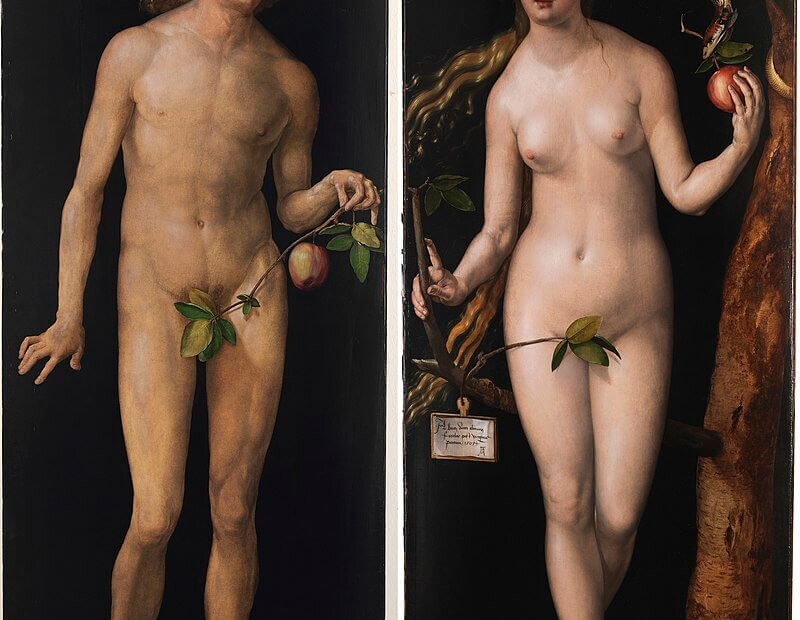The question of nudity and religion has always fascinated me. While religious discourse can be helpful in policing sexual impulses, it is often detrimental and leads to monstrosity. There are two sides to every story, however: one side advocates a sex-free environment, while the other is anti-sex-free. Regardless of how nudity and religion differ, the relationship between the two is deeply connected.
Christianity and nudity are not at odds. In fact, the two concepts are closely related. Christian prudence focuses on the appearance of the body and naturity emphasizes the role of the body in achieving the goal of achieving a sex-free life. Judaism, on the other hand, has a very different approach. In addition to not recognizing Jesus as the Son of God, physical nakedness is associated with shame in many Jewish communities. Islamic prudence requires that a person cover up in front of other people.
Throughout history, nudity and religion have had a complicated relationship. In ancient times, naked female bodies were used for eroticism and entertainment. Nobles and diplomats in medieval times were likely shown live still images of women posing as goddesses. Their ankles and breasts were considered scandalous. Although nudity and religion are closely connected, their history shows that they were not mutually exclusive.
The relationship between nudity and religion has been controversial. While Islam considers nudity shameful, Judaism views nudity as an intrinsic part of the divine creation. In the Hebrew Bible, nudity is often used as a polite euphemism for intimate behavior. Noah’s sons covered his nakedness and it is assumed that they did so out of respect for their father.
Nudity and religion have a complicated relationship. In the Abrahamic faiths, Adam and Eve are naked until they eat. The couple then covers themselves in fig leaves until they realize they are naked. Their actions may differ from those of their parents, but each has a unique interpretation. In Christian communities, nudity is linked to original sin. Therefore, the relationship between religion and nudity is complex. While it may seem at odds with one another, the relationship between the two is very much worth investigating.
Nudity and religion have a complex relationship. In the ancient South Asian culture, nudity was widely practiced and admired. In the ancient Greek world, gymnosophists were also popular, and they studied moral science and were more tolerant of others. They believed that the same moral principles applied to men and women also applied to their lives. Despite this, there is no direct correlation between nudity and religion.
In Islam, the relationship between nudity and religion is complicated. In the Abrahamic religions, circumcision is associated with nudity. In the Islamic world, mass circumcisions are performed to expose boys’ genitals. In all three religions, circumcision is a rite of submission. The ritual of circumcision is very different from that of the Abrahamic faiths. This aspect of religious law has a largely mystical connection with the concept of gender.
In the strict Jewish community, nudity is strictly regulated. A woman’s naked body is not permitted to be seen by others, including her spouse. It is also not acceptable to engage in sex with an unclothed person. In some Jewish communities, this is forbidden. In other communities, such as those in the Middle East, it is not tolerated to show a naked body. The most recent laws on sex and religion, however, are liberal and secular.
The early Christian church reflected contemporary attitudes towards nudity. In the Gospel of John, for example, Simon Peter is shown fishing naked while he dressed to meet Christ. In the ‘Apostolic tradition’, the first recorded baptism liturgy, Saint Hippolytus of Rome, insists that participants be completely naked, and no jewellery or hair fastenings. The relationship between nudity and religion is often murky.
In the Christian world, nudity and religion are often associated with the same issue. In the early Christian church, nudity was generally considered acceptable. In fact, it is the only aspect of the faith that is not religious. Even if this difference does not affect its significance, it does not contradict the gospel’s teachings. The Bible teaches that the body is sacred. In other words, it requires that it be fully exposed in order to be accepted.
Onlyfans
Supporting Nakedwill for more contents. Love y’all ♥️
- All Platforms are the same. I just want to give y’all the maximal convenience. Choose the one you’re most familiar with or already supporting creators/being a creator there.
Fansly
Supporting Nakedwill for more contents. Love y’all ♥️
- All Platforms are the same. I just want to give y’all the maximal convenience. Choose the one you’re most familiar with or already supporting creators/being a creator there.
Patron
Supporting Nakedwill for more contents. Love y’all ♥️
- All Platforms are the same. I just want to give y’all the maximal convenience. Choose the one you’re most familiar with or already supporting creators/being a creator there.
JustforFans
Supporting Nakedwill for more contents. Love y’all ♥️
- All Platforms are the same. I just want to give y’all the maximal convenience. Choose the one you’re most familiar with or already supporting creators/being a creator there.

love the updates Will, continued best wishes on your journey .
Bob